Introduction to Copper Clad Laminate Sheets
Copper Clad Laminate (CCL) sheets are essential materials in the electronics industry, forming the foundational building blocks for a variety of electronic devices. These sheets are composed of a conductive copper layer bonded to a non-conductive substrate, providing the necessary structure for electronic circuits.
Types and Applications
CCL sheets come in various types, each tailored for specific applications. The primary categories include single-sided, double-sided, and multi-layered laminates. Single-sided CCLs are used in simple electronics, while double-sided and multi-layered CCLs are integral in more complex circuitry found in computers and communication devices.
Materials and Features
The substrate material in leson copper clad laminate sheets often includes epoxy resin, glass fiber, or a composite mixture. The choice of material affects the sheet's thermal resistance, dielectric properties, and mechanical strength. Copper thickness can also vary, impacting the current carrying capacity and the overall weight of the laminate.
Advantages of Copper Clad Laminate Sheets
Utilizing copper clad laminate sheets in electronics manufacturing offers several advantages. Their robustness ensures longevity and reliability of the electronic components. Moreover, their versatility allows for a wide range of applications, from simple circuit boards to advanced aerospace components.
Considerations for Selection
When selecting copper clad laminates, factors such as thermal conductivity, dielectric constant, and tensile strength must be considered. These parameters determine the laminate's suitability for different operational environments and technical requirements.
Environmental and Safety Aspects
Environmental sustainability and safety are also crucial when discussing leson copper clad laminate sheets. Manufacturers are increasingly focusing on reducing the ecological impact of production and ensuring that the materials meet stringent safety standards.




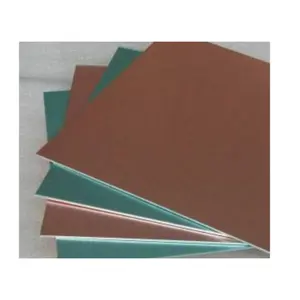


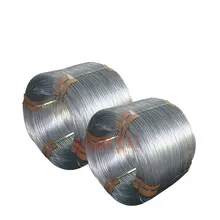
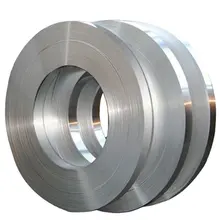


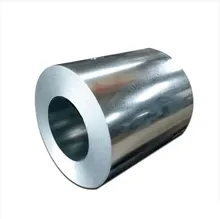


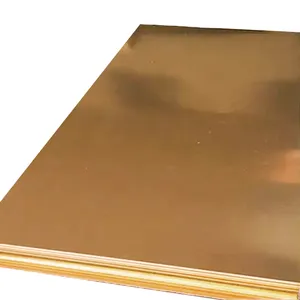
















 浙公网安备 33010002000092号
浙公网安备 33010002000092号 浙B2-20120091-4
浙B2-20120091-4